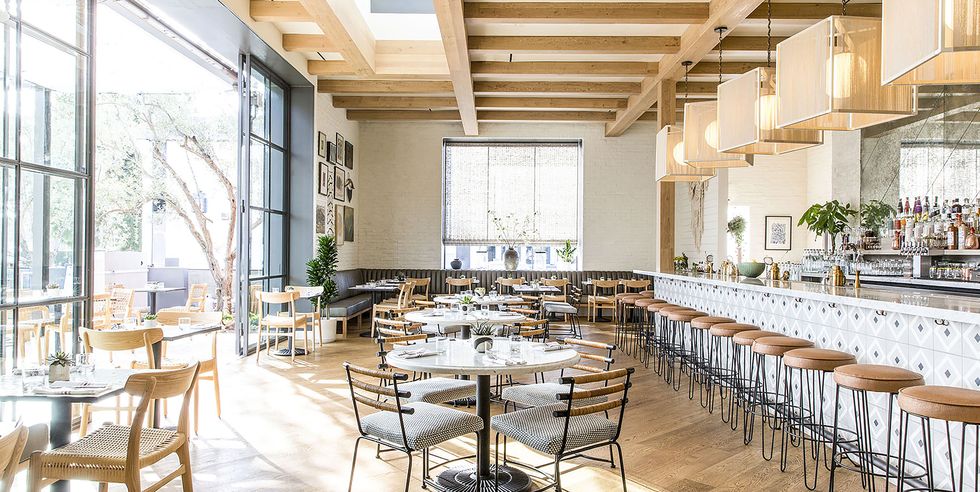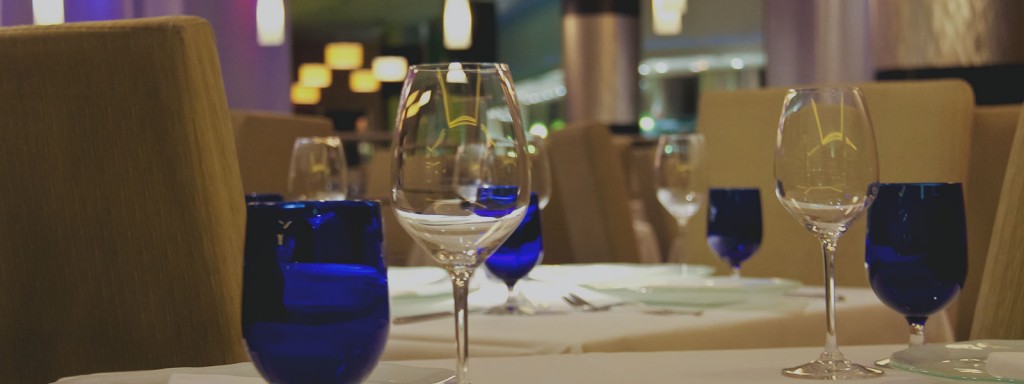
Restaurant Design
While great food and customer service are essential for return business, the ambiance and restaurant design are equally as important. Ideally, you would create an environment where customers feel comfortable while maximizing the number of guest you can serve at any given time. Your restaurant’s design sets the stage for a customer’s dining experience. The music, tables, chairs, plates, utensils and drinkware all play an important role.
Balancing Restaurant Design and Occupancy
The design of a restaurant should be a balance between a welcoming ambiance and maximum occupancy. In other words, you would like to pack in enough customers to stay busy and generate a profit, while also making guests feel comfortable.
There are some restaurants that specialize only maximum occupancy vs interior design. Diners, for instance, have more seats, than your typical casual eatery, while fine dining restaurants tend to focus more on ambiance and therefore have less occupancy space.
In a perfect restaurant, there would be no such thing as an undesirable table location. However, few restaurants can escape having a minimum of one problem area in their dining room. Common restaurant problem areas – places that customers don’t usually want to sit, include tables near the kitchen entrance, restrooms, and front door. Tables located in the center of the dining room aren’t always appealing to dining patrons either.
To help disguise problem areas, you should try placing dividers, like wooden partitions, tall plants or screens in between tables. Consider relocating a server or bussing station closer to the kitchen and away from your customers’ view.
One way to identify problem areas before opening day is to take a seat in various areas of your dining room. Study the view from each seat. You might find that one seat features a direct view into the server station, while another gets a draft from the front entrance, etc.
Music
Silence is certainly not golden in most restaurants. Music will set the tone during a meal at a restaurant as much as the design of the menu or the artwork on the walls. Avoid CDs that are repetitious, for the sake of your staff, which has to hear it endlessly
Radio is a low-cost option for casual dining establishments, but non-commercial channels are preferable. Live entertainment, which may be expensive, adds a particular sense of ambiance. A great local musician or group can attract crowds better than any dinner special.
Heating and Ventilation
An important and often time expensive point of consideration for any restaurant is heating and cooling systems. Restaurant kitchens put out tons of heat, odors, and smoke. You must ensure that your commercial kitchen has the proper ventilation, return air and noise reducing canopy hood and fans.
Proper cooling is additionally essential to your restaurant design. Nothing will turn patrons away faster than a non-air-conditioned or heated dining room. it’s going to be tempting to scrimp in this area, but at the end of the day, poor ventilation and cooling can cost you lots more in lost sales.
Restrooms
Restaurant Design and ambiance should also carry through to the restrooms. Restrooms should be regularly, at least once at the beginning of each shift and periodically throughout the day (preferably more often if it’s busy). A hostess or bus person are often assigned the task of refilling paper products and removing the trash.
Contact TRG Restaurant Consultants for assistance with your restaurant design. We offer kitchen and bar layout, interior design and equipment specification services.




